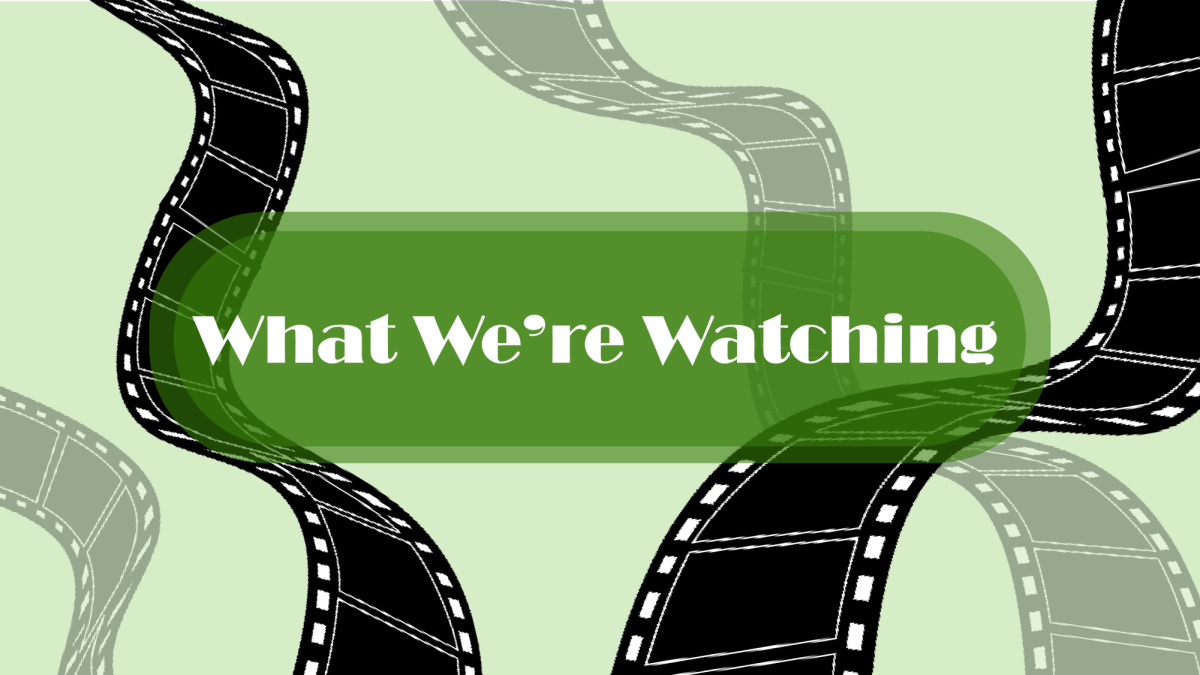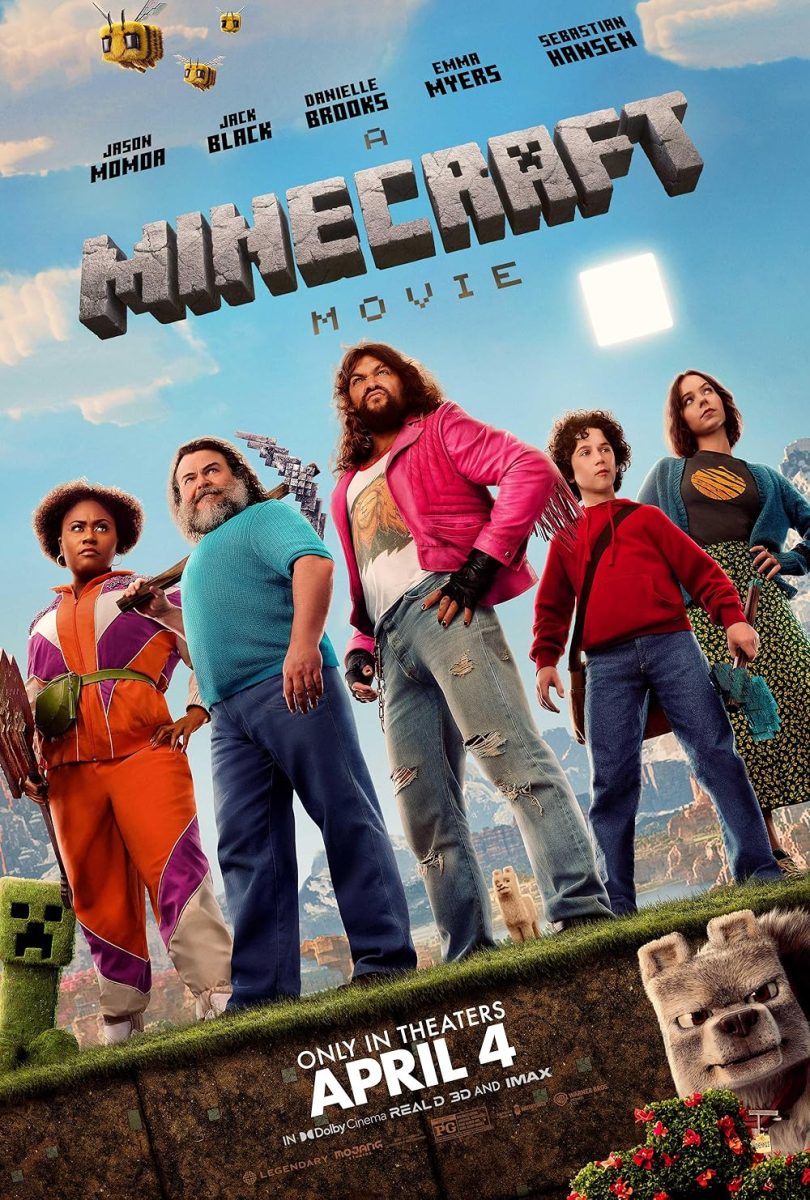
- Image via Wikipedia
By Jessica Meoni
Staff Writer
The year is 1877. Thomas Edison works diligently into the night, carefully maneuvering tin foil around a grooved cylinder. It is a particularly quiet night in May – birds refrain from squabbling conversations, and footsteps are equivalent to the echo of a pin drop. The needlepoint cuts concisely into the creases of the canister to create lines. Within a few seconds, sound pierces the atmosphere. Five astonishing words play back through the small illuminated tunnel… crackled, muffled and faint: “I am the Edison Phonograph.”
Fast-forward to 1929. Nearly a decade of vivacious flappers, secret speakeasies, and money-hungry gangsters passes. Debt, tax increases, and the Hawley-Smoot Tariff augment the horrific crash of the Wall Street Stock Market. Massive layoffs from American factories send many families walking the road of a bleak, empty future. The Roaring 20s officially come to a screeching halt. The only salvation is music. Duke Ellington, Josephine Baker, and Jelly Roll Morton keep spirits high with jovial, upbeat jazz tunes as well as heartfelt blues songs. It is all thanks to a German-American inventor by the name of Emile Berliner. By covering a rotating turntable in carbon copy paper and varnish, he creates the first gramophone for the placement of vinyl records.
Now it is 1965. Beatlemania in America is in full swing, Frank Zappa and the Mothers of Invention release their groundbreaking experimental rock album Freak Out!, and The Velvet Underground make inseparable ties to a certain Mr. Warhol. The invention of vinyl records hit the mainstream and people everywhere now have a valid excuse for dancing in the streets. Likewise, the invention of the compact cassette generates mass popularity and ease-of-access for recording various tracks on one reel of magnetic tape.
The year is now 1977. Bill Lear of the Lear Jet Corporation makes final publicity installments for their creative compact solution to bulky vinyl records. He creates the Stereo 8, or as more commonly referred to as, 8-track tapes. In the mid-60s, this magnetic tape recording technology emerges as a handy alternative to broken phonograph needles and turntables, yet, only plays back four tracks. With rising stars such as Led Zeppelin, Pink Floyd, and AC/DC, the masses acquaint with the Stereo 8, pleased with the ability to play back eight hit singles of their favorite artists.
Finally, 1982 brings upon the strangest and most delightful surprise of all: the Compact Disc. Many are intrigued by its pocket-sized design and visible spectrum of reflected light. Others cannot seem to figure the whole laser-reading-a-shiny-disc idea. The point is, music playback and recording devices have come a long way from a very humble origin. CDs, to some, were thought to be a revival of the vinyl record, complete with liner notes and artwork. According to Stafford University’s music education department, the sound of compact discs was designed to produce a higher quality sound, decrease noise distraction during recording time, and allow 72 minutes of playback – something of the likes of a digital revolution. However, even with society on the brink of a new-media revolution, some things sounded too good to be true.
Since the early 1990s, the mp3 format has become an extremely well known symbol for music. The format could easily transfer on Compact Discs for the ultimate enjoyment of a “mixed CD” as opposed to a mixed tape. The summer of 1999 became the pinnacle of the digital revolution. A new program called Napster infiltrated home computers everywhere for a peer-to-peer file sharing service where mp3s could easily be downloaded and placed on CDs. However, due to reinforced piracy laws and various lawsuits imposed by irate music artists such as Madonna and Metallica, Napster shut down in late 2001.
No sooner had time passed since Napster’s shutdown that the newest music device had evolved. In October of 2001, Apple Incorporated released the iPod. The device sold over 150 million worldwide. With implementation of iTunes, the iPod music storage and synchronization system, users could legally purchase their downloads instead of downloading them from Napster. Still today, there are numerous file sharing programs such as BitTorrent, Limewire, and Bearshare to name a few. People sometimes view piracy as a “victimless crime.”
So which is better? Buying the CD or downloading the music for free? According to freshman Alex Spott, “CDs are much better because then you get all the artwork and you don’t have to worry about being unable to find the songs online.” Think new CDs are too much money? According to the Recording Industry Association of America (RIAA), the suggested retail price of when CDs were first commercialized was $21.50, for one disc! The average price was the cheapest in the mid-90s, but due to inflation and money distribution among the recording artist and their label, CDs have settled for the average price of about $15.00. Think that’s a lot? New iPod Touches go for $300 and more and the Microsoft Zune is just about the same price, depending on the size you purchase.
Let’s face it though. CDs get scratched easily. Plus, the perks of having an mp3 player is knowing you will not have to carry around 134 CDs to get the songs you want. Today’s world is all about minimalistic concepts and instant gratification. The more compact something is, the easy it is to carry long distance, which implies speed and immediate satisfaction. Overall, it’s up to the individual. It’s all up to how much you value one object or the other. Music has come a long way, and new innovations are created every day. Just think what Thomas Edison would say if you handed him a Zune!



![Reblog this post [with Zemanta]](https://img.zemanta.com/reblog_e.png?x-id=e8f22b9e-abe3-4234-ade2-28f3f83d3735)






